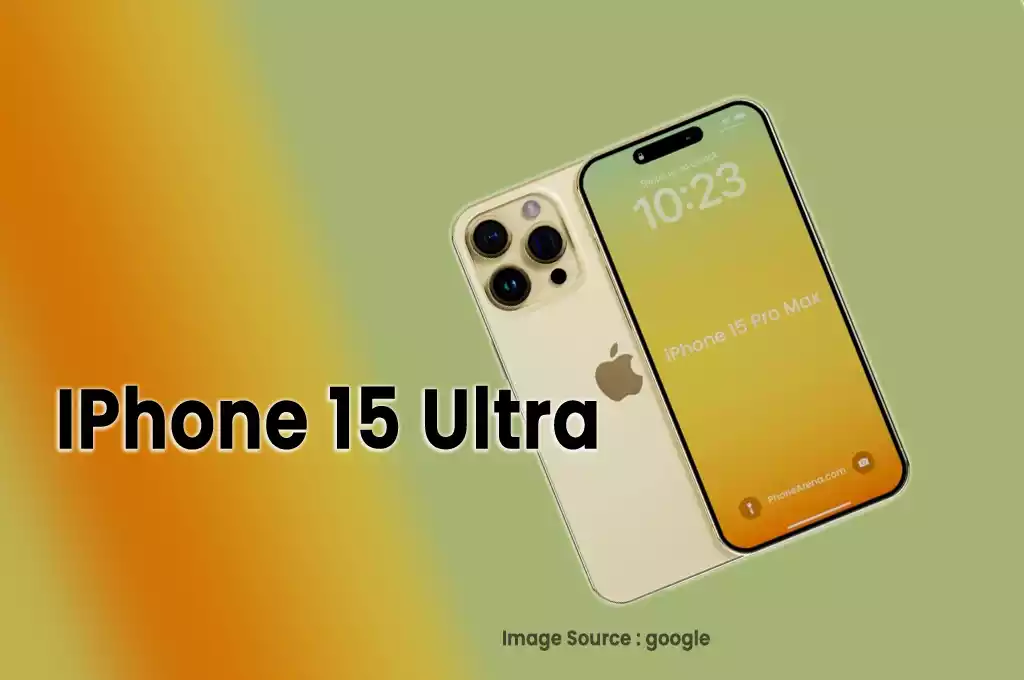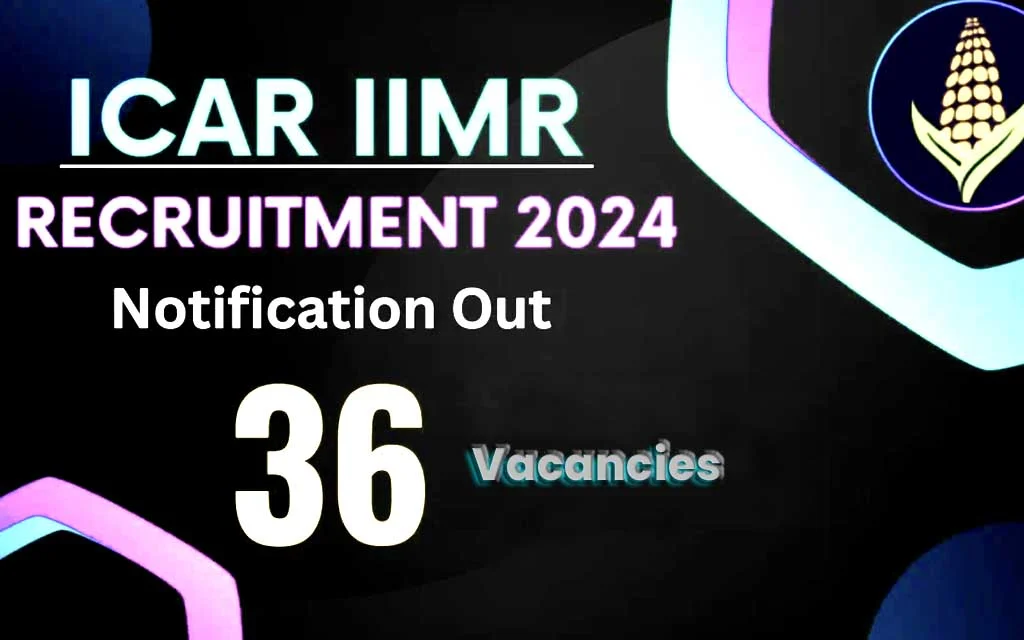Apple switching to USB-C is all set to unveil its iPhone 15 series on September 12 at an event in California. Among the anticipated updates, the introduction of a more powerful Apple A17 Bionic processor for the iPhone 15 Pro and Pro-Max, potentially using titanium to reduce their weight, stands out.


Table of Contents
While the standard iPhone 15 and iPhone 15 Plus are expecting to feature the Dynamic Island screen cut-out introduced in the iPhone 14 Pro last year, the switch from Apple’s proprietary Lightning connector to USB-C has caught the attention of tech enthusiasts and those interested in the behind-the-scenes politics.
Is this transition actually beneficial for the average iPhone user? Let’s delve into the reasons behind Apple’s move and explore the arguments for and against it.
Why is Apple switching to USB-C?
Apple is likely to emphasize the convenience and advantages of the iPhone 15’s USB-C connector. However, this transition has been driven by external factors, particularly the European Union’s influence.
In October 2022, the European Union passed legislation mandating the use of the USB-C standard for phones, cameras, and tablets sold within the EU by the end of 2024. This legal requirement has pushed Apple to adopt USB-C, whether it is in line with their innovation philosophy or not.
The Case Against USB-C for the iPhone 15
Apple has previously argued that enforcing common standards can stifle innovation. However, the European Union’s stance is that their proposal allows for adaptation if a superior standard emerges, suggesting that it doesn’t necessarily hinder innovation.
Even within the realm of Android phones, which adopted USB-C in 2015, not all USB-C cables are created equal. Specific cables are often required for fast charging, and brands like Xiaomi, OPPO, and Huawei use a color-coding system to differentiate them, highlighting that USB-C cables aren’t as interchangeable as one might assume.
Apple has also hinted at the continuation of its MFi certification program, which generates revenue from officially licensed Lightning iPhone accessories. While the EU has warned against limiting charging speeds or data transfer rates for non-MFi-certified connectors, it remains to be seen how effectively these regulations can be enforced.
The Case for USB-C for the iPhone 15
Despite the controversies surrounding the switch, there are several consumer-friendly reasons for Apple switching to USB-C in the iPhone 15. USB-C allows users to use cables from a wide range of other devices to charge or connect their iPhones, promoting device interoperability and potentially reducing electronic waste.
Furthermore, Lightning is considered an outdated standard, with the iPhone 14 Pro featuring a Lightning port with USB 2.0 speeds, significantly slower than the USB-C Thunderbolt 4 ports found in modern laptops. This raises questions about Apple’s commitment to innovation and why it didn’t embrace USB-C sooner.
USB-C is also likely to bring improvements in charging speed. Multiple charging tests on the iPhone 14 Pro have shown limited benefits from using chargers exceeding 20W. In contrast, some of the best fast-charging Android phones can recharge in around 20 minutes, making fast charging a significant advantage.
The Future of iPhone Connectivity
In summary, Apple’s switching to USB-C for the iPhone 15 series is a significant move that will affect iPhone users in various ways. While there are valid arguments both for and against this transition, only time will tell how it will shape the future of iPhone connectivity.
Also Read:
- Unlocking Innovation: AirPods with USB-C Port Set to Transform iPhone 15 Series at Apple’s Epic September Event
- Airphone 5: Revolutionizing Smartphones with Ethical Innovation
In conclusion, Apple’s switching to USB-C for the iPhone 15 series is a significant transition with both positive and negative aspects. It reflects a broader industry trend towards standardization driven by environmental and consumer concerns but also raises questions about stifling innovation and the practicality of USB-C adoption.
For iPhone users, the transition to USB-C could mean increased compatibility with other devices and potentially faster charging speeds. However, the debate continues about whether this move truly benefits consumers or if it’s primarily driven by external regulations.
FAQ’s:
When will Apple announce the iPhone 15 series?
Apple is set to announce the iPhone 15 series on September 12 at an event held in California.
Why is Apple switching from the Lightning connector to USB-C?
Apple is making this switch due to legislation passed by the European Union in October 2022, which mandates the use of USB-C for phones, cameras, and tablets sold within the EU by the end of 2024.
What are the arguments against using USB-C for the iPhone 15?
Critics argue that enforcing common standards can stifle innovation, and not all USB-C cables are interchangeable, leading to potential compatibility issues.
Q4: What are the advantages of using USB-C for the iPhone 15?
USB-C allows for greater device interoperability, potentially reducing electronic waste. It is also a more modern and faster standard compared to Lightning, offering faster charging speeds.
Will Apple continue its MFi certification program with USB-C?
Apple has hinted at the possibility of continuing the MFi certification program with USB-C, which could generate revenue from officially licensed accessories. However, regulatory challenges m



